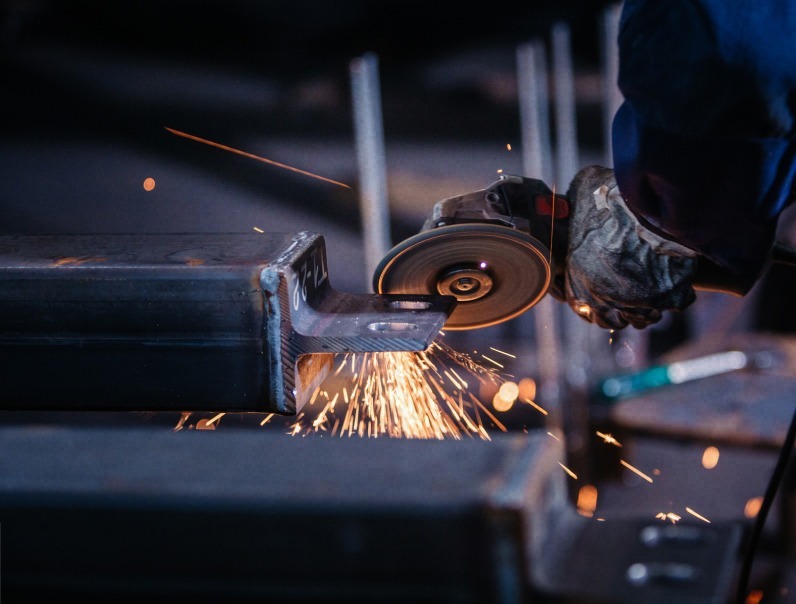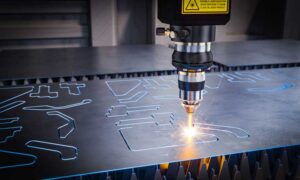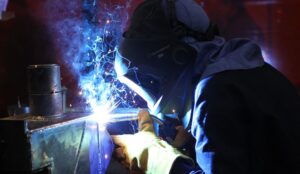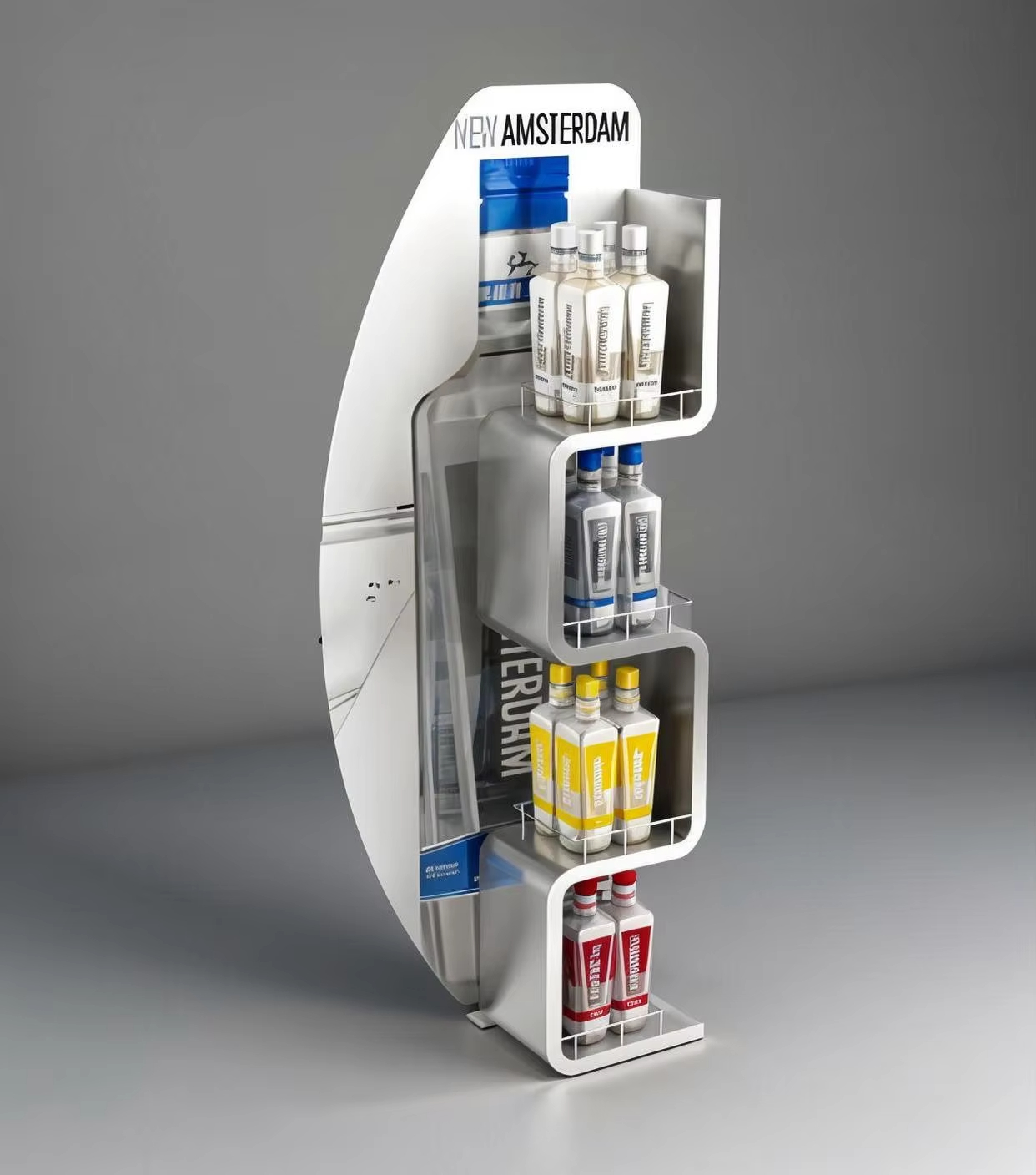What Is Metal Fabrication?
Metal fabrication encompasses many sectors, such as construction, aerospace, automotive, and electronics. It involves processes including cutting, bending, welding, and machining. These techniques metalworks like machinery to large-scale infrastructure such as buildings, bridges, and vehicles. As technologies progress, metalworking becomes more precise, efficient, and adaptable to ever-changing demands.
Understanding Metal Fabrication Working and Its Importance
Metalworking is the process of creating parts or entire systems out of metal by cutting, bending, welding, and machining. Being able to design and manufacture components with exacting standards of rigidity, precision, and intricate geometry requires advanced engineering. Metal fabrication processes are critical for virtually any industry, from aerospace to intertwining construction high-rises,they all require dependability and precision.
Key Processes in Metal Fabrication
Multiple steps combine to form the entirety of the metalworking process. The process of metal filling starts at the raw form which progresses through stages to reach a master sample with parts or finished products. To meet specifications all parts of the metalworks need to be completed to an adequate level.
Metal Cutting
In the fabrication, cutting is the first step which involves cutting raw metal sheets/bars into smaller pieces. Depending on the complexity of the shape and the material, the methods used include shear cutting, laser cutting, and even water-jet cutting.
Laser Cutting: This technique cuts using a focused beam of light. It is very precise and suitable for intricate desings. Details are cleaned and cuts are precise.
Water Jet Cutting: This methods uses water under high pressure mixed with abrasive materials to cut through metals.Water jet cutting doesn’t adds a lot of heat to metals making it ideal for materials that are heat-sensitive.
Shear Cutting: It is done with mechanical shears and it is suitable for straight cuts that need to be parallel or in thick sheets of metal.
Shaping and Bending of Metal
After the metal pieces undergo the cutting process, the next step is bending to acquire the desired angles and forms. To achieve this, other tools that are very similar to press brakes are used for bending. With these, the manufacturers are capable of sub assemblies or larger components that can be used in a variety of applications.
Welding: Fusing Metal Components
Welding is one of the main procedures which consists of joining together two or more pieces of metal by melting their peripheries and subsequently bonding them together. This, usually goes hand in hand with the “fabrication of parts,” aids in building strong structures or pieces,and there are two methods of welding.
MIG Welding: Metal Inert Gas (MIG) welding is one of the most used methods which offers faster and efficient welding of a variety of materials.
TIG Welding: Tungsten Inert Gas (TIG) welding is perfect for very sensitive works like very thin metals or when the cleanest welds are required.
Machining: The Steps of Precision Refining
Machining is the last step in the sequence of most fabrication processes; at this juncture, the parts are drilled, milled or ground into very precise measurements with a fine touch. This ensures the parts are crafted to the required criteria and specification within the set tolerances and work accurately together.
Importance of Metal Fabrication in Procurement
By offering customization, precision, durability, and cost-efficient solutions, metal fabrication suppliers can help procurement teams acquire the best possible parts for their operations.
Tailored Solutions for Individual Requirements
Through metal fabrication, it is possible to manufacture particular components according to specified standards. As a form of metalworking, it offers particular freedom in terms of shape, size, and even the materials that can be utilized.
Performance and Durability
As a general standard, metal is associated with strength, which is an essential feature in the field of metal parts fabrication. These components are made to endure severe conditions and high level of stress for various applications. They are preferred in industries where long-lasting services and reliability are the key factors — automotive, aerospace, construction, and others.
Metalworking Cost Benefits
The refinement of technologies in automation and various other fabrication methods has enabled cost benefits. Companies can now manufacture high-quality metal components at lower prices due to optimized production processes, enhanced efficiency, reduced workforce requirements, and lowered labor costs.
Sectors Taking Advantage of Metal Fabrication
Various businesses and industries take advantage of metal fabrication for easier, faster, and more efficient production of parts that are critical to their operations. Below is an overview of the key sectors that depend on metalworking.
Construction: Steel beams and columns as fabricated metal elements are crucial in the construction of bridges, buildings, and other durable infrastructural facilities.
Automotive: To promote vehicle safety and performance, metal fabrication is essential in producing the frame, engine, and exhaust parts of the vehicle.
Aerospace: The aerospace industry needs lightweight and high-performance metal components for aircrafts and spacecrafts, and these components must adhere to rigid safety and performance criteria.
Electronics: Enclosures and heat dissipaters shield sensitive components in electronic devices, and are themselves fabricated metal parts that perform a crucial function in the device.
Ensuring Quality in Metalworking
Selecting a metalworking supplier involves the following key components:
Quality Control Systems
Select a vendor who adopts strict quality control procedures. This includes ISO certifications which guarantees that all parts are manufactured according to specifications and will function as required.
Material Certifications
Claiming a fabrication’s metal components will perform safely and operationally depends on verifying the materials being used, along with rigid strength, durability, and performance prerequisites. Certifications are pivotal, proving that the metal parts will fulfill set standards.
Advanced Manufacturing Techniques
CNC and automated welding mark modern fabrication, critical for precision and uniformity in product quality. These methodologies enhance the efficiency of a manufacturing process, along with its quality.
YiShang: Your Trusted Partner for Metal Fabrication
Here at YiShang, we offer custom metal fabrication solutions that are optimally created to guarantee the highest quality standards. Our commitment to differing levels of achievable precision, strong materials, and inventive processes allows us to ensure the perfect metal parts are manufactured for your projects.
From small custom pieces to large-scale components, YiShang covers it all when it comes to metalworking. Get in touch with us today so that we can help you through your projects and offer you a custom quote on 8613590721715 or at huxanhe@zsyishang.com.






